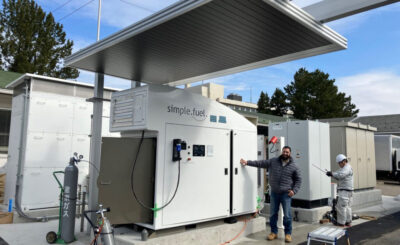With cancer patients being at a greater risk of dying due to covid-19, it does impact all stages of care such as screening, diagnosis, and treatment were affected by the offset of the pandemic. As a result, cancer centers have had to prioritize care services, and even cancel non-emergency appointments, change treatment procedures, and transition to home-based remote care. Since special challenges require special solutions, health care institutions, researchers and CROs like Veristat were quick to respond by optimizing oncology trial design for clinical trials they carried out. Some of the optimization responses include;
Accelerate SDV for Remote monitoring
The timely gathering of monitored and verified clinical trial data is one of the most crucial parts of any oncology medication development program. Unfortunately, timely collection of strong clinical trial data through Source Data Verification (SDV) is time-consuming and costly. A cancer study’s monitoring is crucial because it ensures the integrity of data, as well as the safety and rights of trial participants, according to Good Clinical Practice (GCP) guidelines. Despite this, monitoring and SDV activities can account for up to 25% of the cost of a clinical trial. To overcome this challenge, CROs should utilize technology to help reduce the time and cost of SDV. This will include using Electronic Data Capture systems for remote monitoring. Another solution involves working with CROs like Veristat and large cancer centers through which investigators can gain access to patient data through their EMR.
Reduce Administrative Load
Pharmaceutical industries, sponsors, and contract research organizations frequently demand more stringent, strict administrative and record-keeping procedures which are often time and resource-demanding. These variables lower investigator motivation and limit patient access to new medicines. As the pandemic spread, the problem grew more difficult to handle, leading research sponsors to examine their internal procedures to make clinical trials easier to implement. This involved reducing unnecessary documentation or procedures while adhering to the best research methods. The sponsors also need to re-examine their time-consuming producers, this will be achieved through reduced site visits and enhanced remote monitoring. They can also adjust the organizational flexibility to accommodate new research methodologies.
Site Selection
Because of the enormous number of organizations already involved in oncology clinical trials, site discovery may appear to be simple. Even then, a research site should be chosen as it will allow you to reach and enroll relevant patients. Also, it will have GCP facilities and procedures and employs available and qualified people. The ability to choose trial sites is greatly aided by ongoing, current relationships and experience with institutions, investigators, and their employees. If a sponsor is new to early-stage oncology trials, site selection knowledge may be a helpful service provided by an experienced specialized CRO. Also, quality control issues can arise if a site has regular personnel turnover or an overburdened team, which hinders the trial.
Remote monitoring, site selection, and reduced administrative load are just some of the clinical trial optimization strategies. Together, they ensure that in the face of calamity or uncertainty, clinical trials can still meet their end goal.








